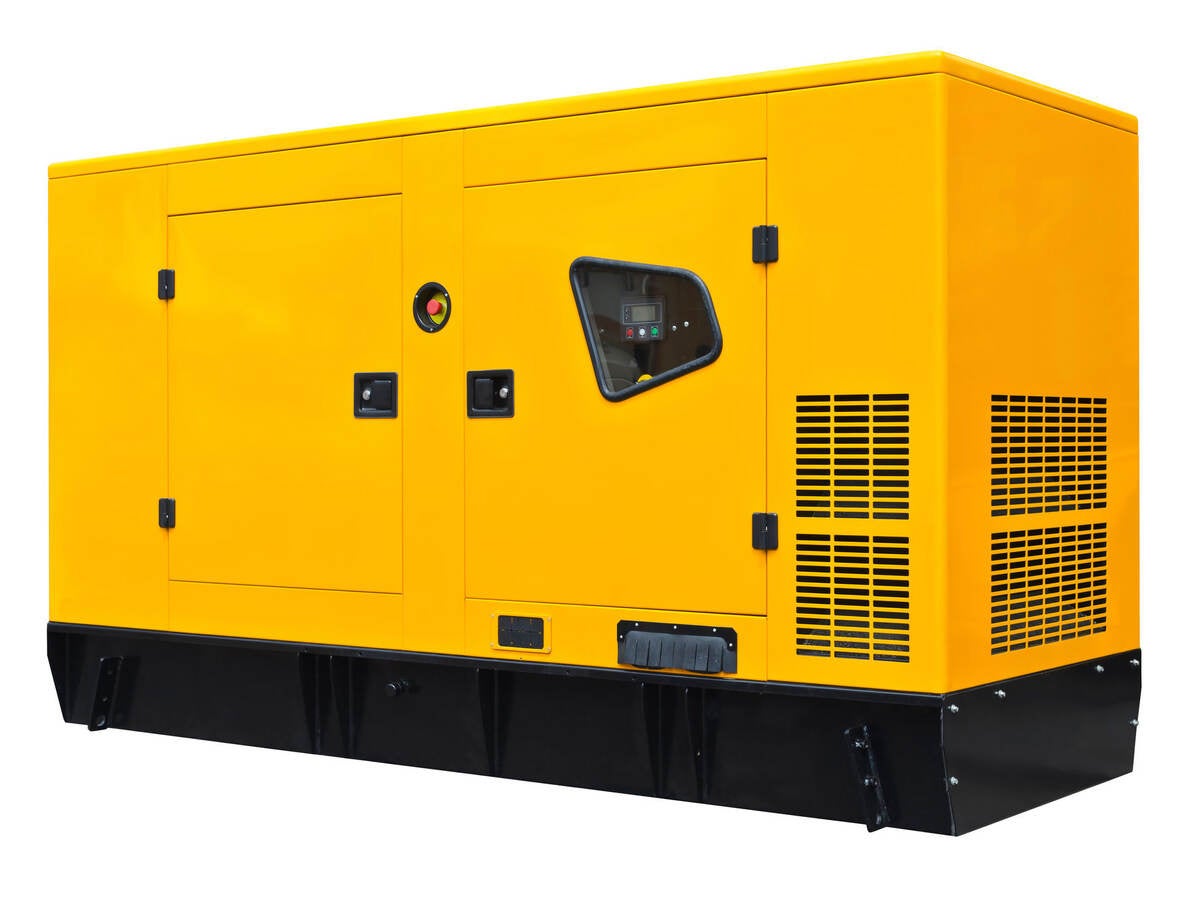April 26, 2019
Stationary generators are an important component of building performance and occupant life safety. Often, it is a stationary generator providing emergency or standby power that allows an industrial process to shut down properly or operate continuously, a hospital's critical care electrical circuits to keep lifesaving equipment operating or high-rise elevator and egress lighting systems to work when utility power has been lost.
UL 2200, the Standard for Safety of Stationary Generators, first published in September 1998, establishes a construction and performance baseline for engine generator assemblies rated 600 volts or less that are intended for installation and use in ordinary locations.
Model building and fire codes reference UL 2200 and require stationary generators to be certified to this safety standard. Specifically, there are stationary generator listing requirements found in the National Electrical Code (NEC or NFPA 70), NFPA 37, the Standard for the Installation and Use of Stationary Combustion Engines and Gas Turbines, and NFPA 99, the Standard for Health Care Facilities. Requirements for listing to UL 2200 are also found in NFPA 110, the Standard for Emergency and Standby Power Systems, and the International Fire Code (IFC).
UL 2200 also covers engine generator enclosures – also known as weather housings – investigated for electrical and mechanical construction only. These enclosures are intended to be installed on certified stationary engine generators in the field or in a factory. The enclosure assemblies may include components such as mufflers, lights, heaters, fans, battery chargers, alarms and other accessories certified to component standards.
Ul 2200 does not include testing for snow loading, wind loading or seismic forces. Engine generator assemblies for use in hazardous (Classified) locations, uninterruptable power supply (UPS) equipment or marine environments are also outside the scope of UL 2200.
The UL Certification Mark on the stationary generator is the only method to identify products certified by UL to UL 2200. The Certification Mark for these products includes the UL symbol, the words CERTIFIED and SAFETY, the geographic identifier(s), and a file number. Access additional information about UL Marks.
The UL category code number (CCN) for stationary generators is FTSR. Product listings for FTSR can be found using the next generation UL Product iQ database. Access is free with a one-time registration required. In Product iQ, you can also access the FTSR guide information that provides important supplemental information, intended use and the limitations or restrictions pertaining UL Certified stationary generators.
For more information related to stationary generators or their certification, please contact Kelly Nicolello at Kelly.Nicolello@ul.com.
Author: Kelly Nicolello, UL Senior Regulatory Engineer, Codes and Regulatory Services, Building and Life Safety Technologies

